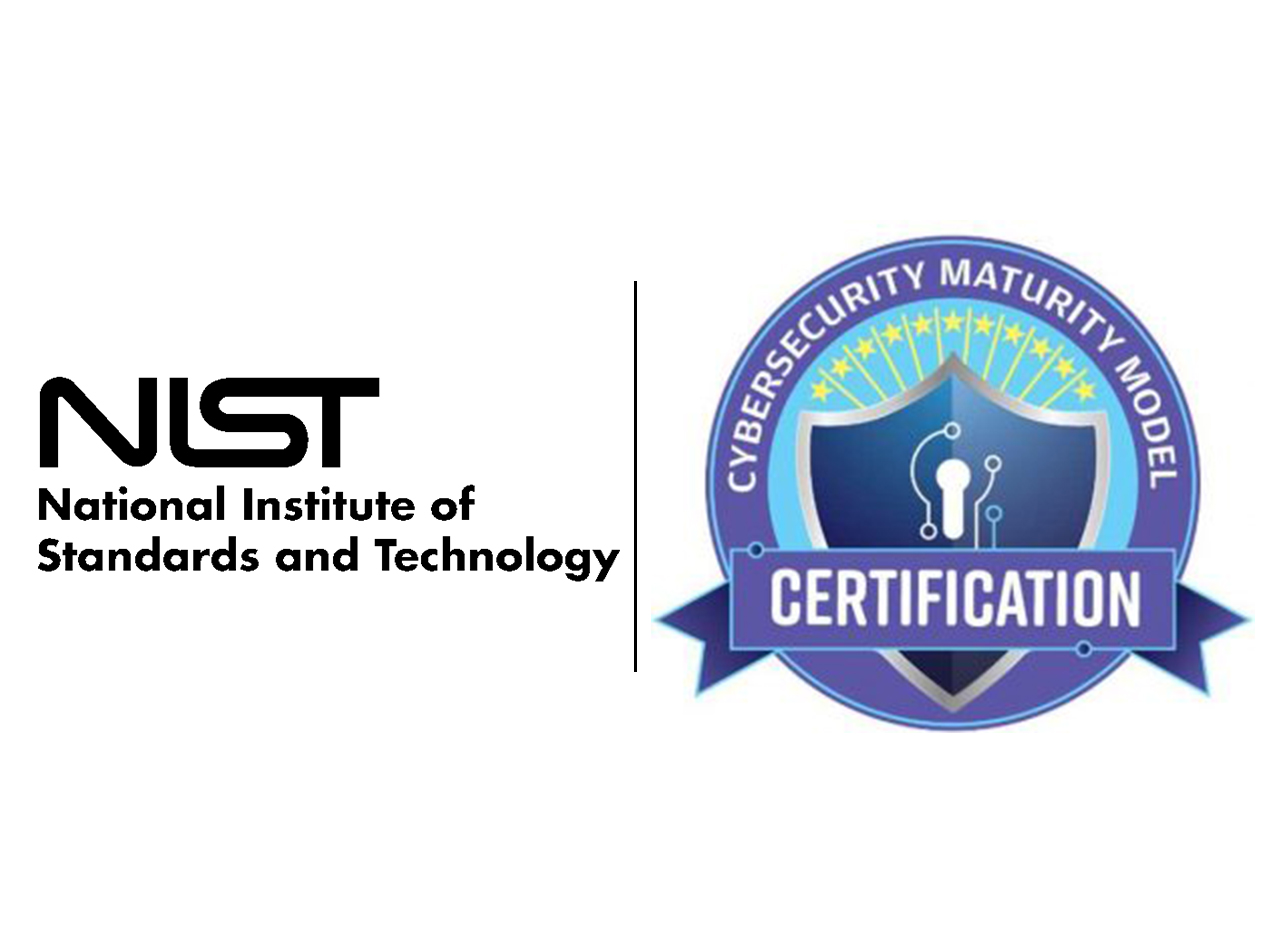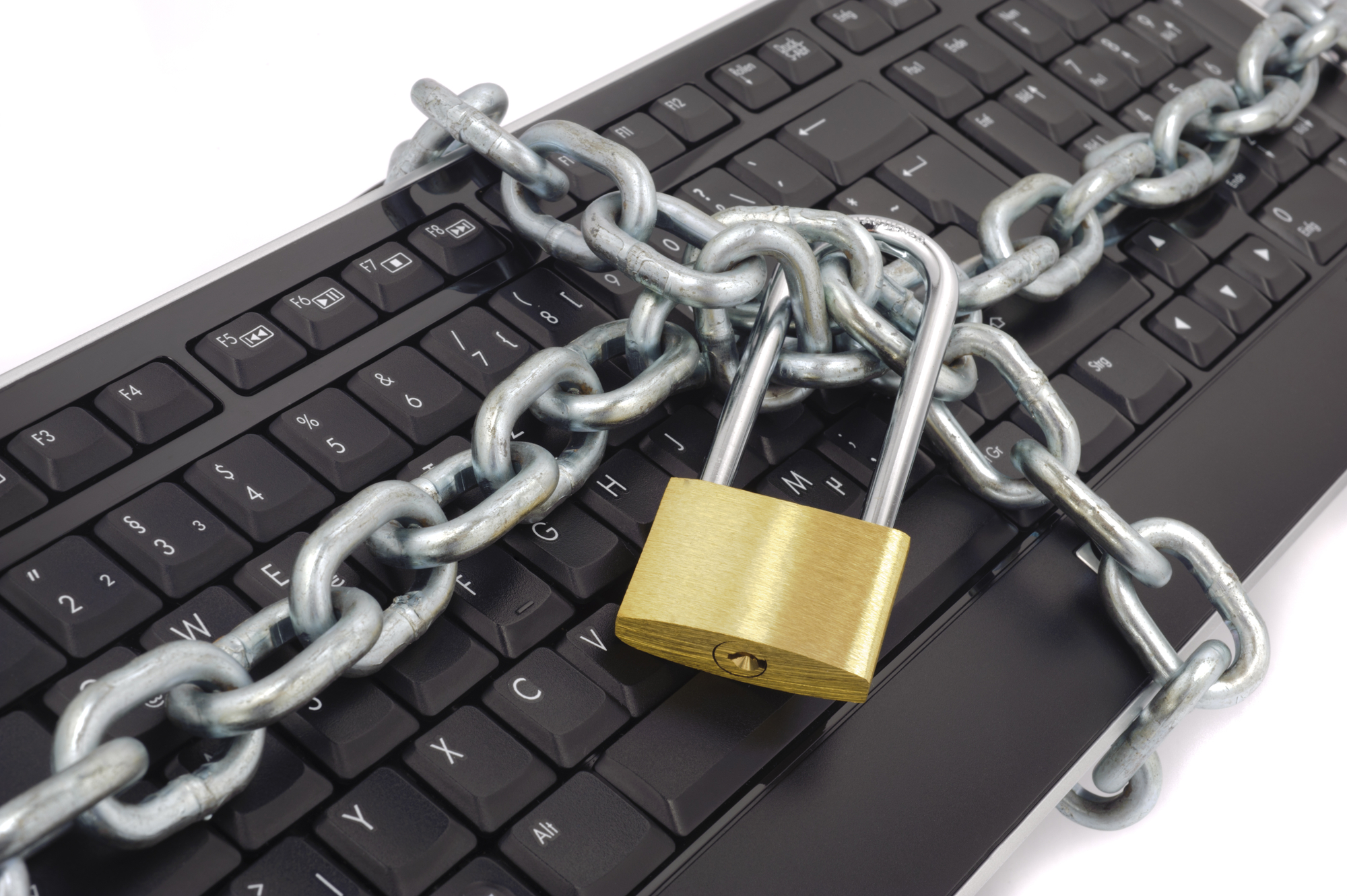
Anyone that works within cybersecurity understands the importance of utilizing strong email policies. Email security means nothing without policies and procedures to back up a healthy mix of cyber tools.
Related: HIPAA compliant email: The definitive guide
Unfortunately, the unsecured transmission of protected health information (PHI) is one of the most common types of HIPAA breaches. But HIPPA violations are avoidable with the right mixture of cyber defenses, including up-to-date policies and procedures.
Particularly when it comes to HIPAA compliant email communication, developing and enforcing email policies and procedures ensures healthcare communication remains strong and protected at all times.
What is email security?
Email offers a quick and convenient way for healthcare professionals to communicate with patients. However, it can also lead to concerns about keeping PHI secure. While patients want healthcare providers to use email communication, many within the industry are still nervous about it. There is no reason for these organizations to be concerned as long as they safeguard themselves with proper email protections.
Email security refers to a comprehensive set of safety measures that keep email correspondence secure against unauthorized access.
These measures normally consist of:
- Encryption
- Access controls
- Antivirus software
- Offline backup
- Employee training
- Up-to-date policies and procedures
Good email security protects inbound and outbound emails during transit and while in storage. An organization’s approach to email security must be layered to be effective. It must also be HIPAA compliant.
Email and HIPAA—a symbiotic relationship
The Health Insurance Portability and Accountability Act (HIPAA) protects the rights and privacy of patients by introducing standards to healthcare. Title II is most associated with the act and establishes PHI and ePHI (electronic PHI) privacy and security standards. The HIPAA Security Rule’s administrative, technical, and physical safeguards assure PHI/ePHI remains shielded.
HIPAA guidelines that cover email communication expect covered entities to employ access, audit, integrity, and transmission controls. Encryption is addressable rather than required though there is no appropriate alternative, making it effectively mandatory. Furthermore, HIPAA largely follows the principle of least privilege: restrict access to those that need to know.
Improper protections may lead to HIPAA breaches, fines, and corrective plans. Healthcare organizations, therefore, must utilize the email security measures listed above, as well as others, to ensure compliance.
The idea is to restrict access to PHI and monitor how it is communicated. But all the protections don’t mean anything without established email policies and procedures.
Related: How to send HIPAA compliant emails
Developing dynamic and supportive email policies and procedures
HIPAA policies and procedures set the standards that everyone in a healthcare organization must follow. Policies state how the organization meets HIPAA requirements, while the procedures provide specific actions.
Details should include:
- General information about measures in place
- The proper use and disclosure of PHI
- A notice of patient privacy rules
- Directives on HIPAA right of access
Email policies and procedures must outline the measures in place as well as how to stay HIPAA compliant. These policies and procedures are essential for ensuring that healthcare communication remains secure and HIPAA compliant.
Learn more: Human error is inevitable – robust email security is a must
Access controls indicate which employees need to access patient data and how. Administrative policies explain what to do with old email and how to ensure patients consent to email communication. General procedures set out utilized safeguards and what to do if a breach occurs.
But having these guidelines written out is not enough. They need to be dynamic, easy to find, and supportive of patients and employees. Furthermore, they need to be flexible and adaptive. And those that manage an organization’s cybersecurity must be reachable and accommodating.
Enforcing email policies for stronger email security
There are several approaches to properly enforcing email security. In general, enforcement can be straightforward as long as your ideas (i.e., your guidelines) are presented clearly and backed up.
The first part of enforcing email rules is verifying that employees understand them with up-to-date employee awareness training, particularly since human error causes over 90% of healthcare breaches. And because healthcare organizations must provide training under the HIPAA Privacy Rule. Better-trained employees mean more aware employees, which leads to a healthy culture of security.
Second, there must be a corrective plan in place for breaches of policy and procedure. This should focus on retraining and refocusing employees. And confirming that they understand how simple it is to contact IT about questions and concerns.
Third, enforcing goes further than training and strengthening. There is also monitoring, reviewing, updating, and retraining of how employees use and interpret policies and procedures. If anything, healthcare organizations must understand how necessary it is to follow through, update, and follow through again. And, of course, work with a layer of cyber tools for the strongest protection possible.
Where to start? Paubox Email Suite
Why not support email policies and procedures, and employees, by using a strong email provider like Paubox? We offer HITRUST CSF certified, email security solutions (designed specifically for healthcare) that are easy to use.
Paubox Email Suite enables HIPAA compliant email default. We encrypt all outgoing messages while blocking incoming malware and other email threats. In fact, our Plus and Premium solutions include our ExecProtect (fighting domain name spoofing) and Zero Trust Email (fighting fraudulent users). Paubox’s built-in protections allow organizations to safeguard PHI easily with no extra effort, passwords, logins, or portals.
Knowing this, healthcare organizations that use Paubox can focus more on what matters: protecting themselves, their employees, and their patients. The best approach to email security is layered but don’t forget, email cybersecurity cannot start anywhere without the policies and procedures to back it up.
Subscribe to Paubox Weekly
Every Friday we'll bring you the most important news from Paubox. Our aim is to make you smarter, faster.





